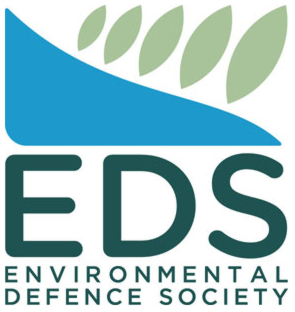UK Recognition for Methylglyoxal in Manuka Honey Products
4 July 2014
UK Recognition for Methylglyoxal in Manuka Honey Products
Another leading food scientist has acknowledged that the major antimicrobial compound in manuka honey is methylglyoxal.
In an article in the UK’s influential trade magazine The Grocer, Dr David Hoyland, commercial director at Minerva Scientific – described as “one of Europe’s leading scientific independent honey testing labs” – acknowledged that “the major antimicrobial compound responsible for the characteristic NPA [non-peroxide activity] in manuka honey has been identified and is widely recognised as methylglyoxal.”
Dr Hoyland’s view complements and reinforces the research findings of numerous food scientists.
The methylglyoxal compound naturally occurring in manuka honey was identified in 2006 by a Technical University of Dresden group led by Professor Thomas Henle.
Professor Henle, a Professor of Food Chemistry, has been Chairman of Germany’s Federal Food Chemical Society and Editor-in-Chief of the scientific journal European Food Research & Technology.
His findings were published in the Journal of Molecular Nutrition and Food Research in January 2008.
His research has been verified by other prominent food chemists, including Professor Peter Molan of the University of Waikato. See Professor Molan’s views here.
Manuka Health Chief Executive Kerry Paul said it was good to see methylglyoxal recognised by yet another eminent food scientist in a publication influential in the UK, an important market for New Zealand manuka honey producers.
“There are a couple of
assertions in the article that I would dispute.
“The
first is that methylglyoxal can be found in other plant
species. It cannot, in any significant quantity. Generally,
if methylglyoxal is detected in the honey which derives from
bees which have harvested the nectar of plants other than
manuka, that means only that there has been an overlap in
flowering between neighbouring plants.
“And it is not the case that ‘scientists can’t distinguish between pollen from manuka and its close relative kanuka ...’. Manuka bush produces honey containing methylglyoxal. Kanuka trees do not.”
Kerry said, “There is consensus among scientists and within the industry that methylglyoxal is the principal compound responsible for manuka’s honey’s unique non-peroxide, anti-bacterial activity.
“If methylglyoxal is adopted by regulators as the only labelling parameter that manuka honey producers can use, then the damaging controversy being stirred up in local and overseas media will disappear. That can only be of benefit to the whole industry, and to New Zealand.”
Manuka
Health New Zealand Ltd – our journey
Manuka
Health, based in Auckland, New Zealand, was founded by its
CEO, Kerry Paul, in 2006. Kerry recognised that there was a
growing demand for natural health care and nutrition
products based on natural bioactives sourced from New
Zealand plants and trees. Manuka Health has led the world in
developing a range of innovative natural products for a wide
range of human health applications. Scientific evidence is
provided to support the efficacy of these products. The main
sources for the products are New Zealand manuka honey,
propolis and other bee products.
Manuka Health’s products are labelled according to the concentration of key bioactive compounds, eg, methylglyoxal content, using MGO™, a registered trademark. Products are distributed through a global network comprising over 45 countries.
Manuka Health is accredited to ISO 9001 and for British Retail Certification across its operation; ISO 17025 for its laboratory and testing equipment; as well as Halal & Kosher.
www.manukahealth.co.nz
ENDS


 Transport and Infrastructure Committee: Inquiry Into Ports And The Maritime Sector Opened
Transport and Infrastructure Committee: Inquiry Into Ports And The Maritime Sector Opened Netsafe: Netsafe And Chorus Power Up Online Safety For Older Adults
Netsafe: Netsafe And Chorus Power Up Online Safety For Older Adults RBNZ: 10 Cent Coin With King Charles III Image Now In Production
RBNZ: 10 Cent Coin With King Charles III Image Now In Production NZALPA: Safety Improves From AKL Incident Learnings
NZALPA: Safety Improves From AKL Incident Learnings NIWA: Antarctic Footprint Clean-up Challenges - How A Remote Antarctic Base Clean-up Protected One Of Earth’s Clearest Lakes
NIWA: Antarctic Footprint Clean-up Challenges - How A Remote Antarctic Base Clean-up Protected One Of Earth’s Clearest Lakes Hugh Grant: Can A Meme Coin Become A Real Payment Solution?
Hugh Grant: Can A Meme Coin Become A Real Payment Solution?


